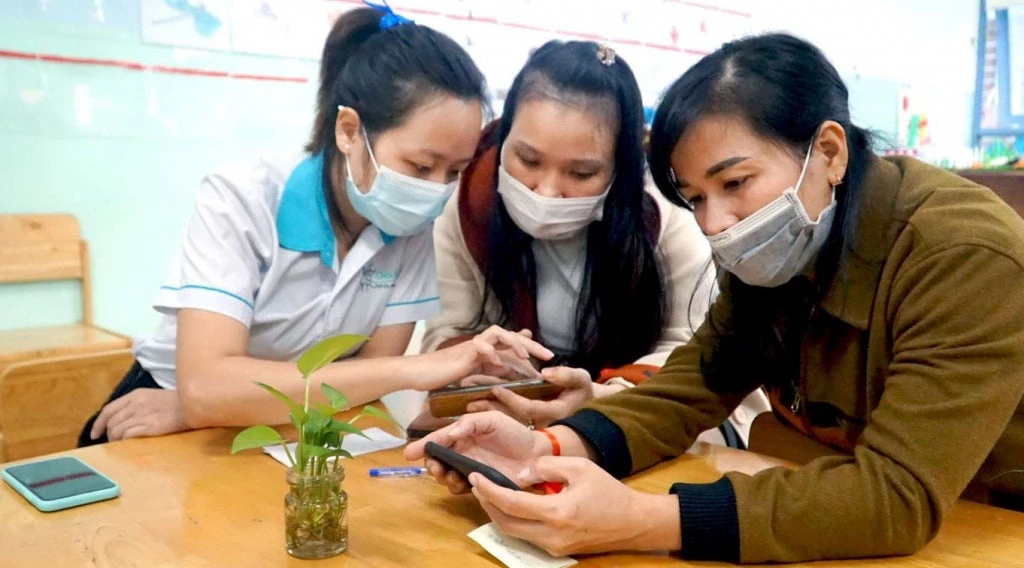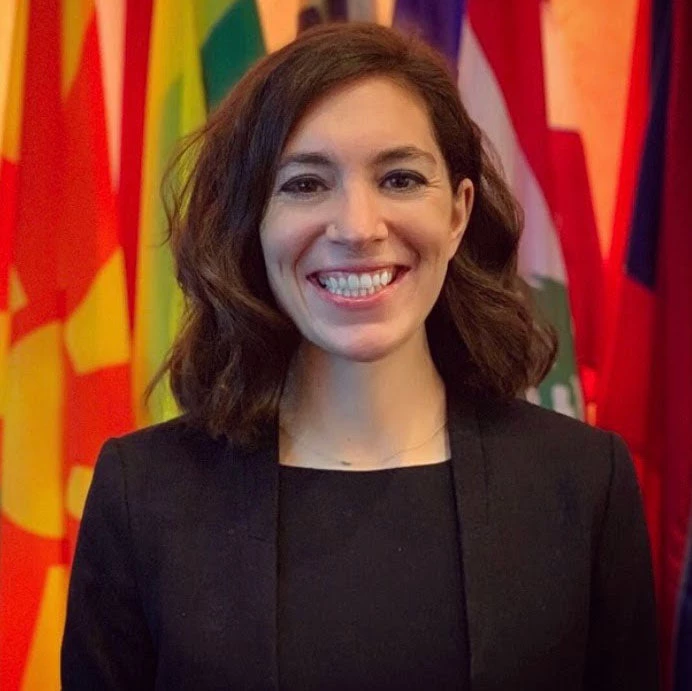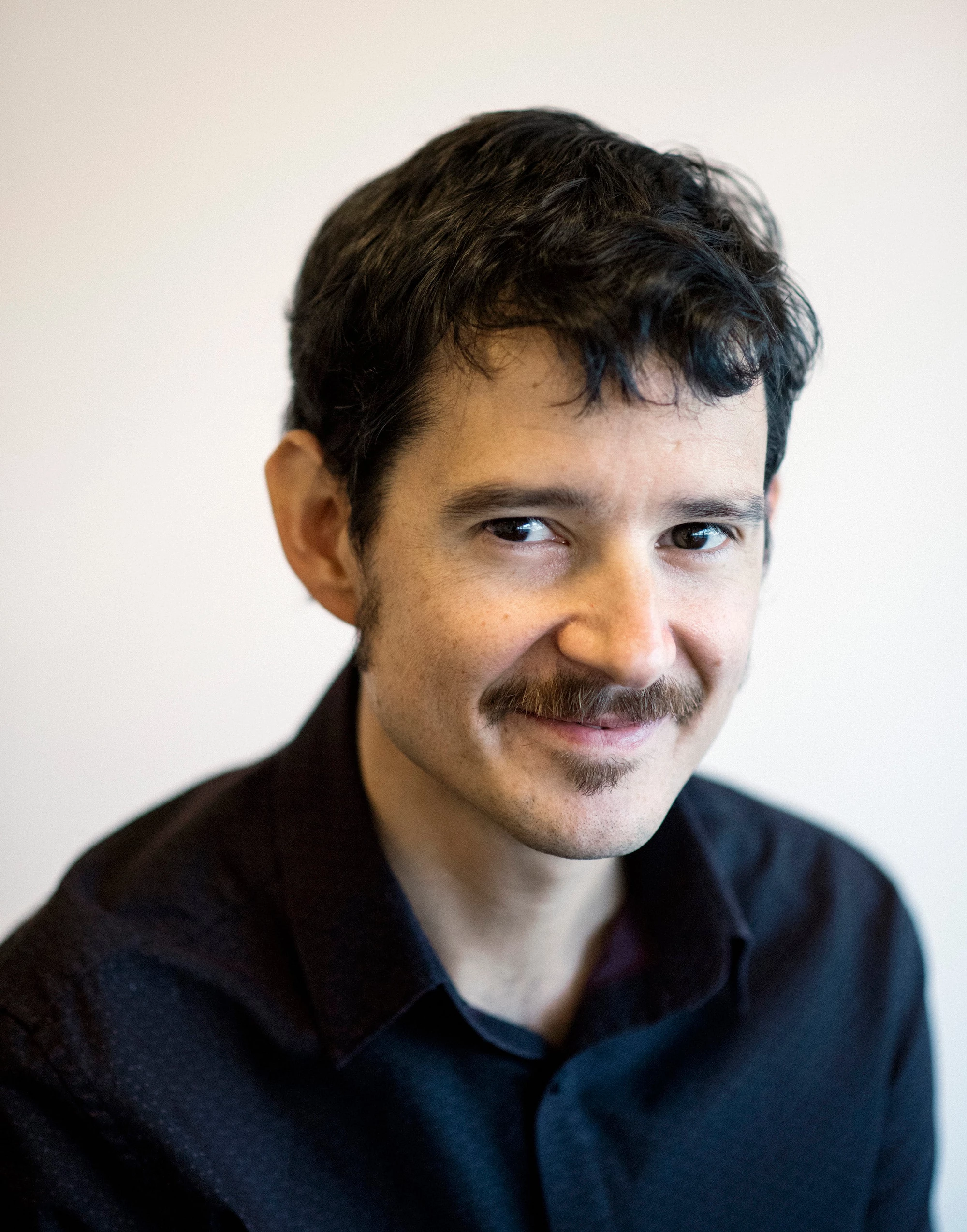
Image courtesy: ©OneSky for all children
Teachers, the single most important school-based determinant of student learning, are at the heart of the response to recover learning losses from COVID-19 pandemic-induced education crisis, as millions have been managing the changing nature of teaching and learning without effective teacher professional development (TPD). As education systems move towards remote solutions or decide that it is safe for schools to reopen, careful consideration must be given to the evolving demands placed on teachers, ensuring they are prepared and supported through effective TPD practices.
When used appropriately, technology can be leveraged to enhance access, participation, engagement, and continued application of new skills in the classroom. As education systems emerge from the current crisis, they need to invest in practical ways to continuously improve and support TPD. There is growing interest among policymakers in providing remote and alternative support options to teachers.
Which global experiences effectively use technology to enable TPD at scale?
To answer this question, over 400 TPD programs from 80 countries were reviewed as part of the Teachers for a Changing World: Transforming Teacher Professional Development campaign. This initiative, led by the World Bank, in partnership with HundrED and with support from the Global Partnership for Education (GPE), identified (following a rigorous selection process) 10 programs that effectively utilize low- or high-tech solutions to engage, motivate, and support teachers.
The 10 finalists, selected based on their impact and potential to scale, show how technology can be used to support teachers across the education life-cycle – providing tech-based TPD to achieve better quality in one or more educational levels. In addition, these programs show, for instance, that it is possible to reach teachers in rural areas and marginalized communities, including in conflict-affected contexts. Each one of these finalists recognize the importance of operating at all levels of the system, engaging school leaders, administrators, parents, communities, and local governments to maximize impact.
From this review, relevant practices were identified that can support the delivery, scale-up, and replication of effective TPD practices. These experiences reflect how technology’s integration into a TPD program must be carefully considered and introduced with a clear purpose, adjusting to the context needs to enhance support to teachers in a way that traditional TPD practice cannot. Here are some key takeaways from our 10 finalists:
- Design with the user in mind. Comunidad Atena, which operates across the Americas, intended for their program materials to be widely accessible across different contexts; as such, all their resources are available open access so partner organizations can easily modify and adapt them as needed. LeadNow! and Tu Clase, Tu País design TPD solutions adjusted for low-tech and low-resources environments, considering how the furthest, remote communities will access their platforms. Given the limited connectivity in their contexts, all their resources are designed to function offline so that all teachers have access to the content, no matter their level of connectivity. PerformEd systematically takes these considerations into account given their user’s varying levels of digital literacy. Most teachers genuinely enjoy integrating technology into their practice. To ensure all teachers engage with their product, PerformEd takes three user considerations into account when entering a new context: 1) ease of access to technology, 2) level of connectivity, and 3) digital literacy of teachers.
- Use existing technology, where possible. Teach2030 aims to share great teaching knowledge and skills with teachers in the lowest-cost and most easily accessible way. They’ve concluded the best way to do this is through smartphones. OneSky for All Children, which operates across Asia, provides quality early education training to communities and caregivers through a blended learning approach. While scaling to Vietnam, they considered introducing tablets to enhance the user’s learning experience. The teachers in this program had a high level of digital literacy and nearly every user had access to a smartphone. After introducing tablets to a subset of users, OneSky did not see an increase in usage via the tablet versus through phone, and thus concluded it would not be significantly advantageous to introduce tablets to all users. Instead, they used these funds to develop a mobile friendly application that facilitates a seamless learning experience for all users.
- Give users options to access content. At the height of the pandemic, Global School Leaders adapted it’s model to create bite-sized learning modules that provided principals with practical advice on how to facilitate teaching and learning remotely while schools were closed. To facilitate this knowledge transfer, Global School Leaders understood the importance of providing principals with different options to access content. In high-bandwidth settings, the modules were shared via the internet and accessed by phone and computers. In low-bandwidth settings, modules were delivered in-person and Global School Leaders staff followed up with principals via phone calls to provide further support. Similarly, Puentes Educativos, which operates in rural communities in Chile, uses a combination of radio outreach, WhatsApp, and Zoom to provide training and pedagogical support to teachers in hard-to-reach settings.
- Train users on how to use technology. Technologies only have the potential to improve learning outcomes if teachers are trained with the necessary skills to apply it. ProFuturo Digital Education, which operates in over 40 countries around the world, has taken this axiom seriously, developing competency frameworks for teachers to build the digital pedagogical skills needed to provide high-quality education remotely as part of their core curriculum. Similarly, Global School Leaders allots time for teachers to become familiar with the technology as a professional development tool before jumping into the core curriculum. Teach2030 provides an extensive help page with video tutorials to help user’s troubleshoot common technological challenges. The result in both cases has been a clearer focus on understanding the content, rather than troubleshooting the technology.
- Ensure technology enables, but does not drive, TPD. Inspiring Teachers: Peer Coaching Platform starts every program by asking themselves, "What are the outcomes we care about?" and "Can technology help us achieve them more effectively?" Where the answer to both questions is yes, they proceed in implementing a highly structured peer coaching program that equips teachers to use pedagogical techniques to tackle challenges that they face in their classrooms. Similarly, after considering the tech landscape in low-tech and low-resource communities, LeadNow! concluded it was not a viable option to have technology replace in-person training and coaching, but rather use it as a tool to further support school communities remotely.
Each one of these innovations provide a cautionary lesson: technology is not a silver bullet solution but rather it is a tool within a policymaker’s TPD Toolkit that can be leveraged under the right conditions to enhance support to teachers.
Special thanks to Anna Wilson for her insightful contributions to this blog.
A panel discussion featuring 2 finalists, policymakers from Rwanda and Pakistan, and a researcher was held on Sept 30, 2021. This event explored how education systems can utilize technology to support teachers, especially in low-resource contexts, and captured the interest of over 300 virtual attendees! Watch the event recording here. To learn more about the key takeaways from the 10 finalists, watch a video here and stay tuned for more.





Join the Conversation